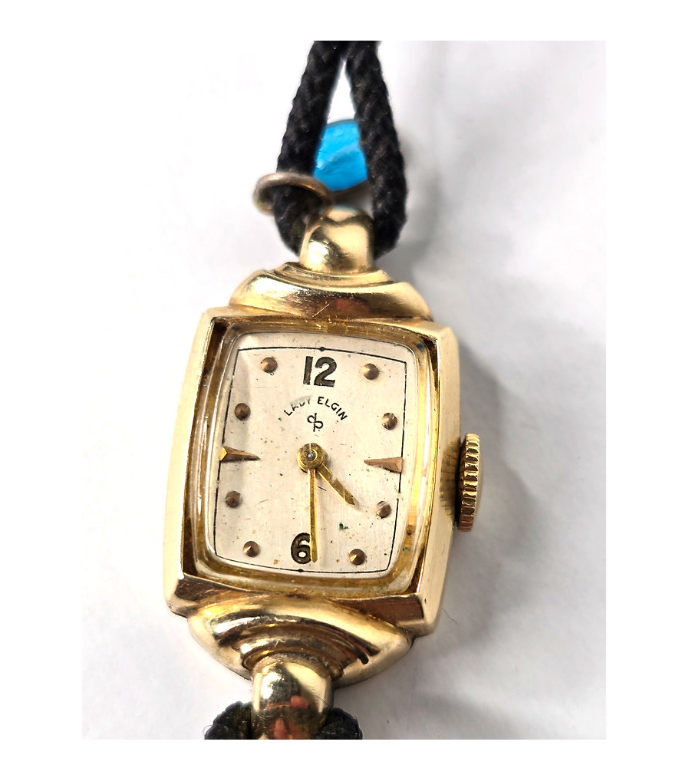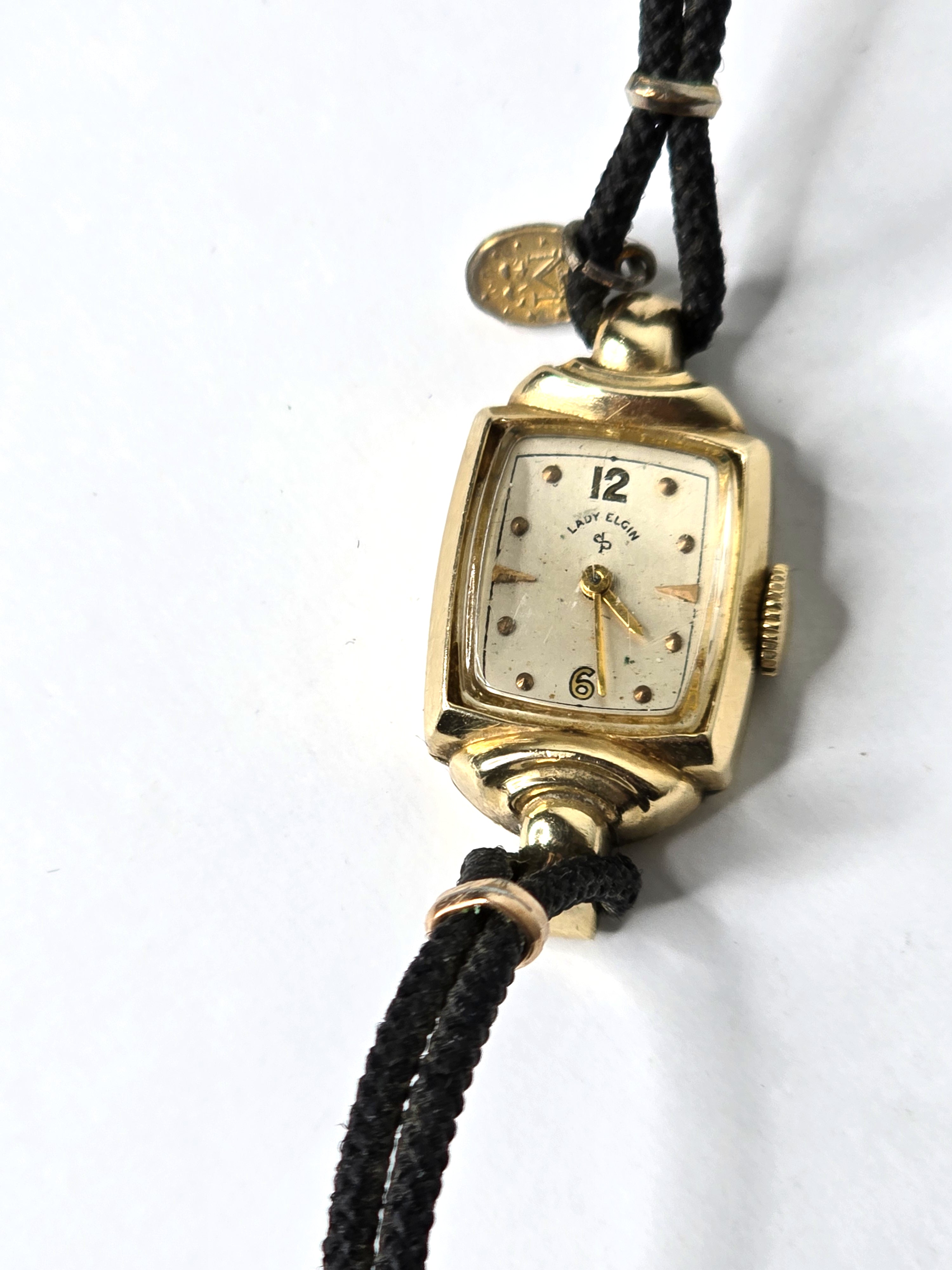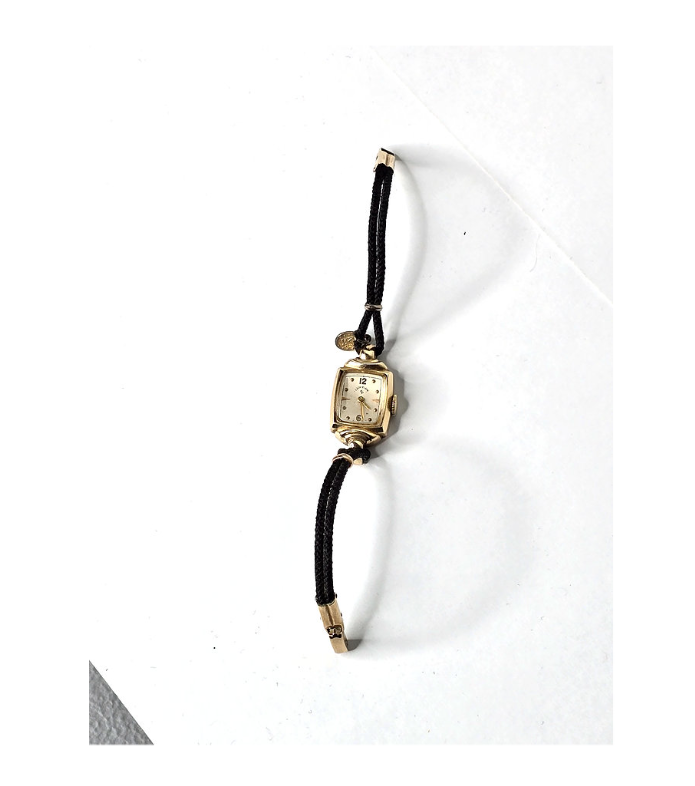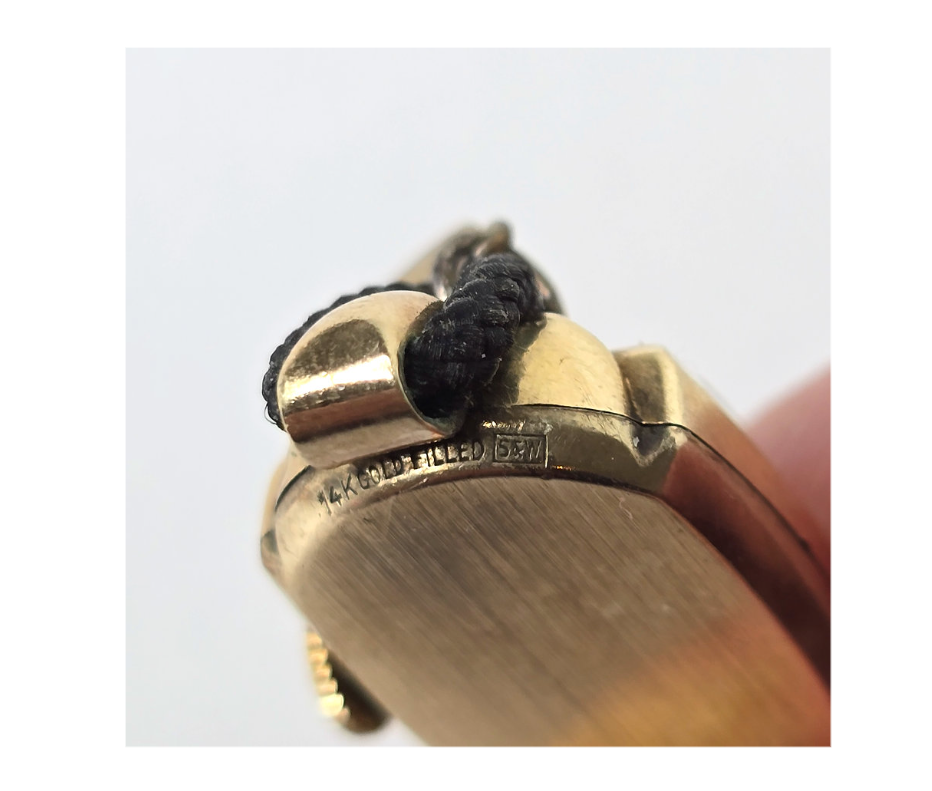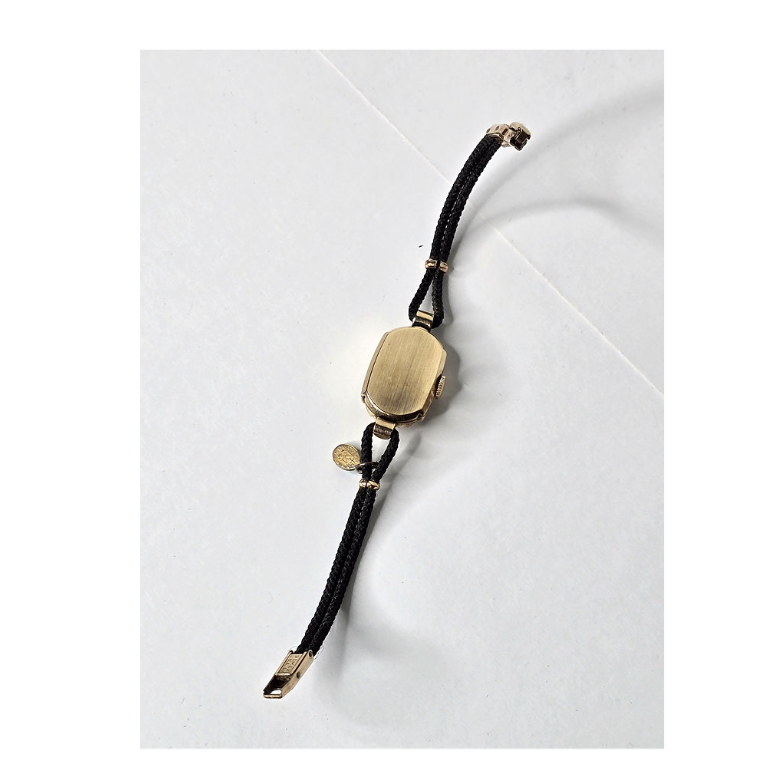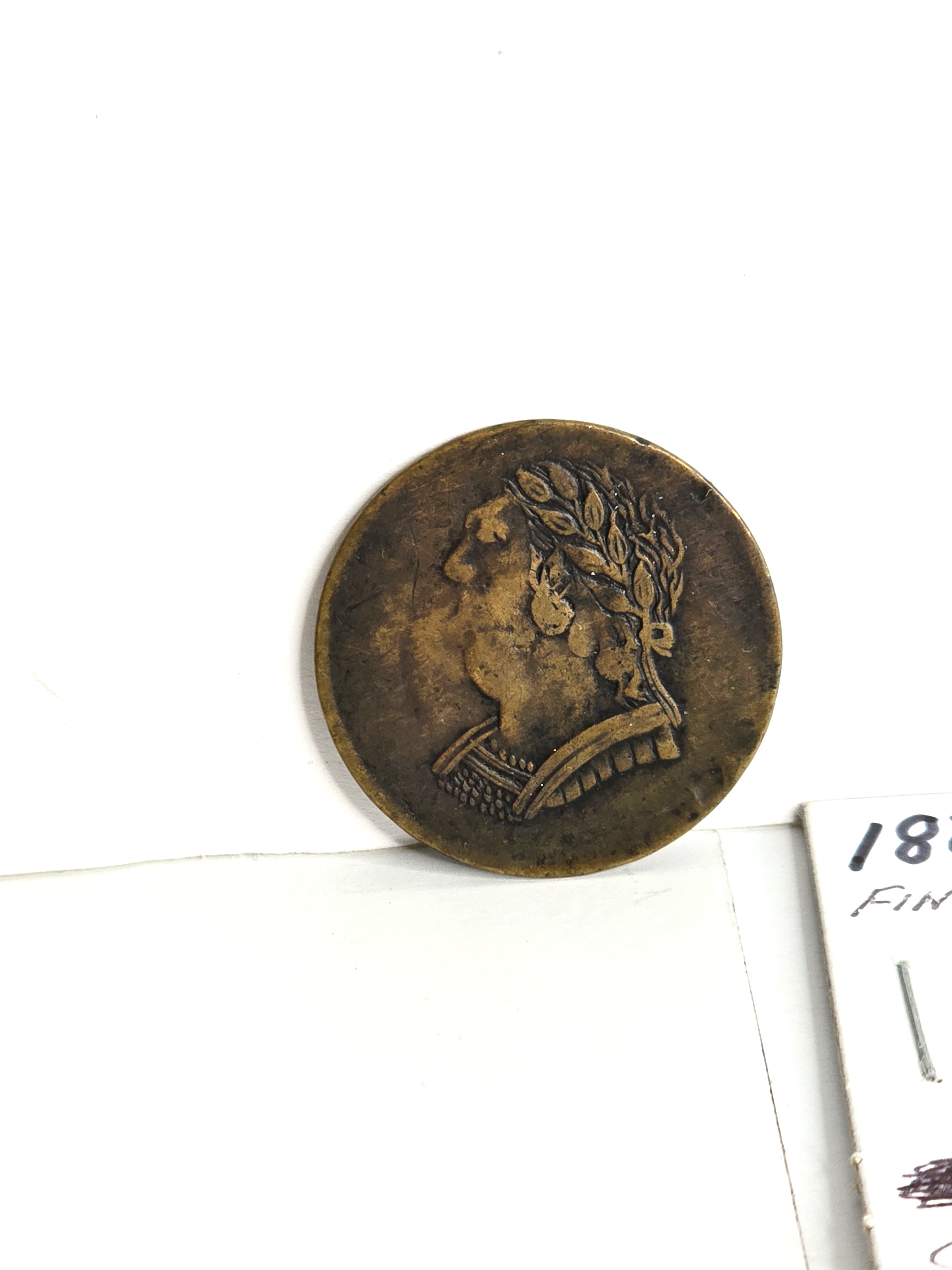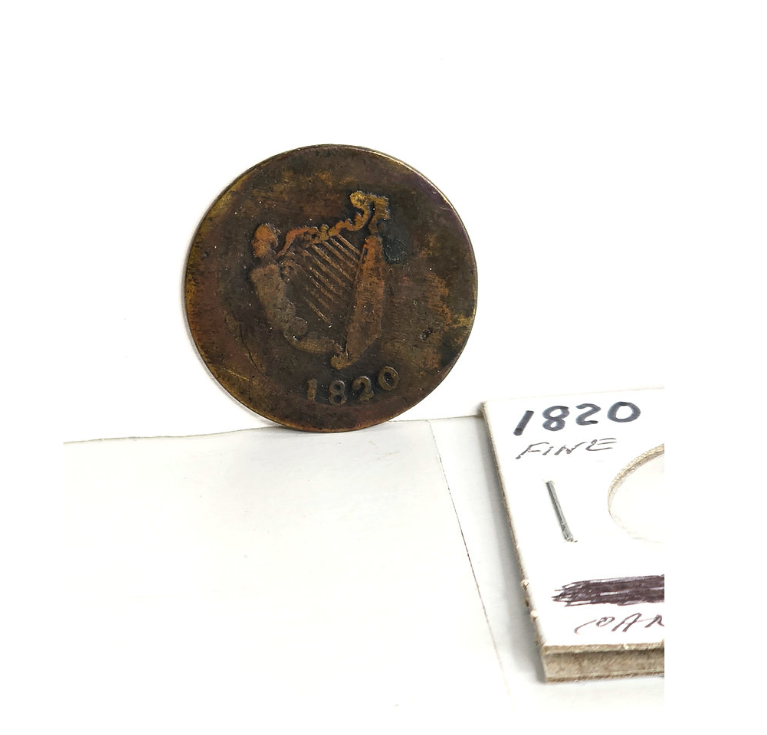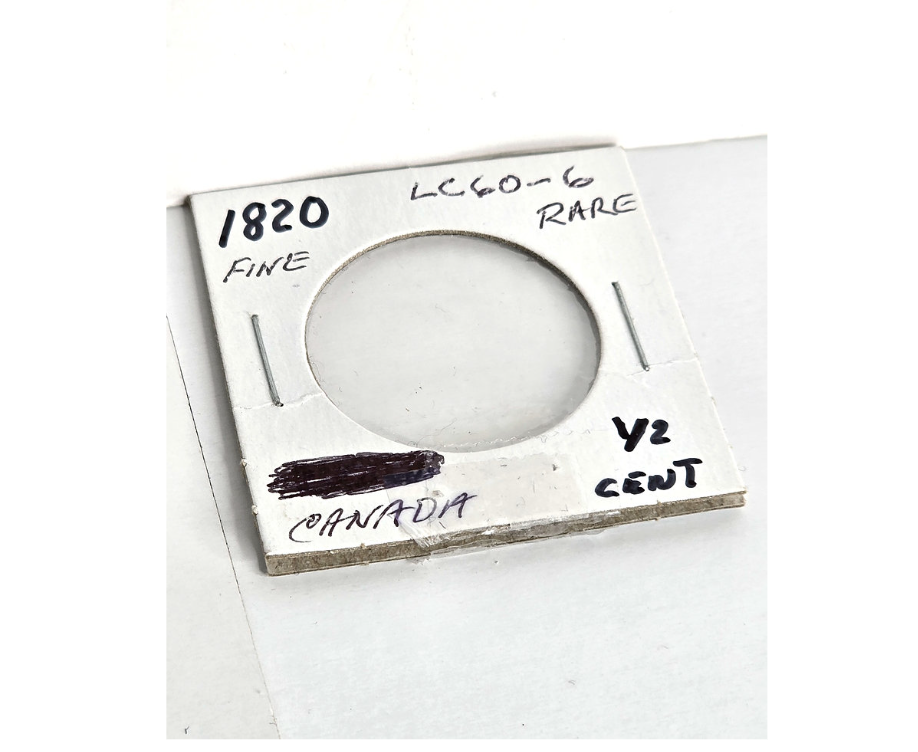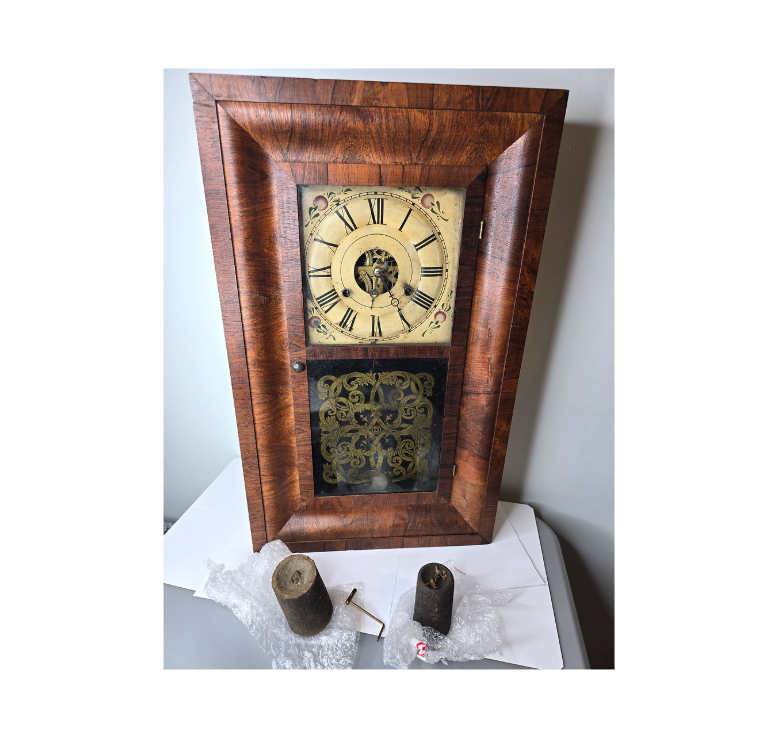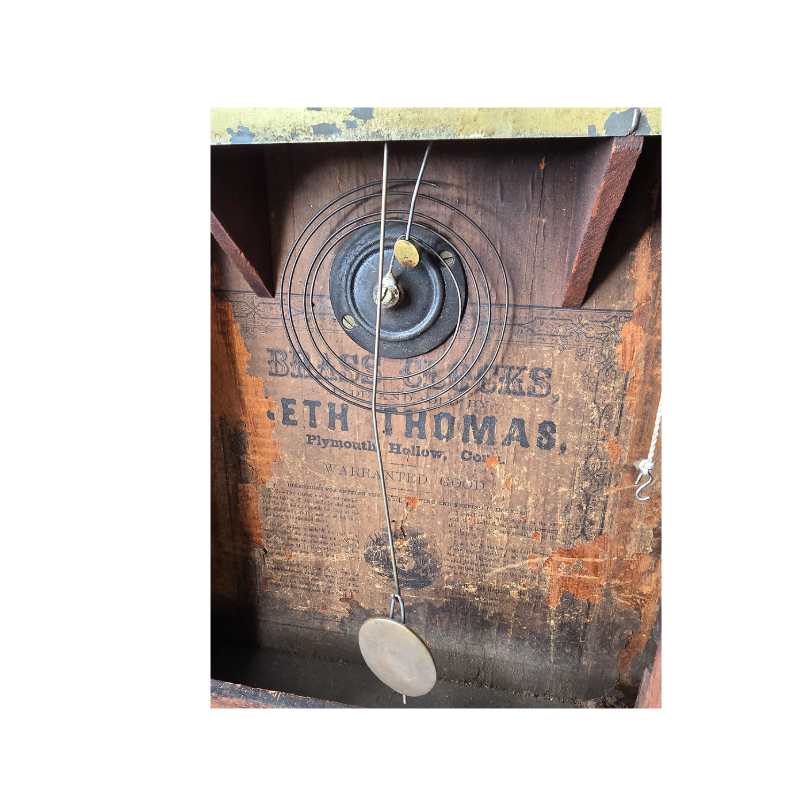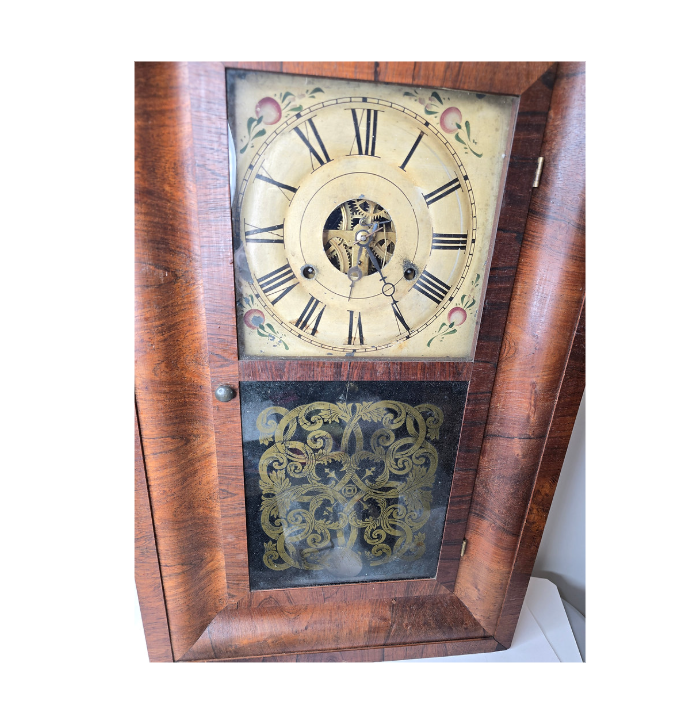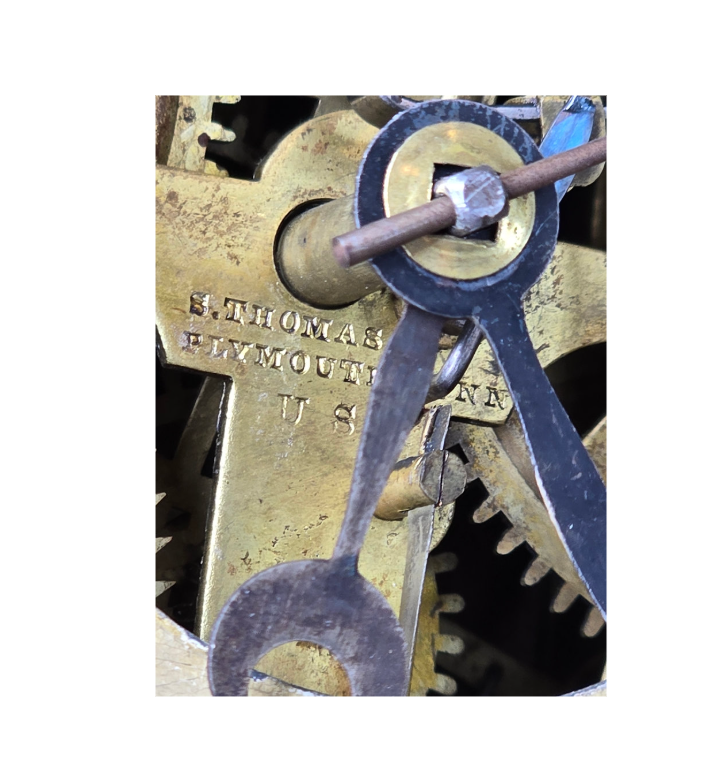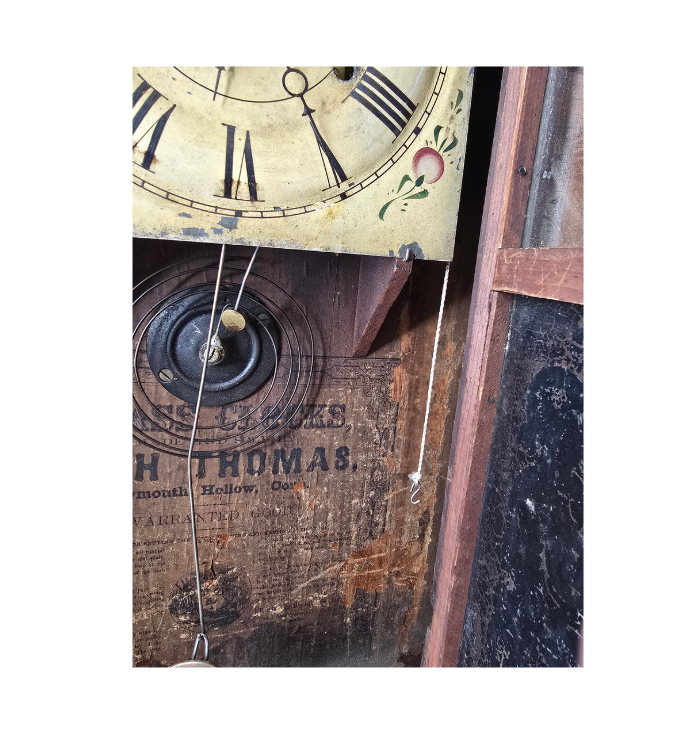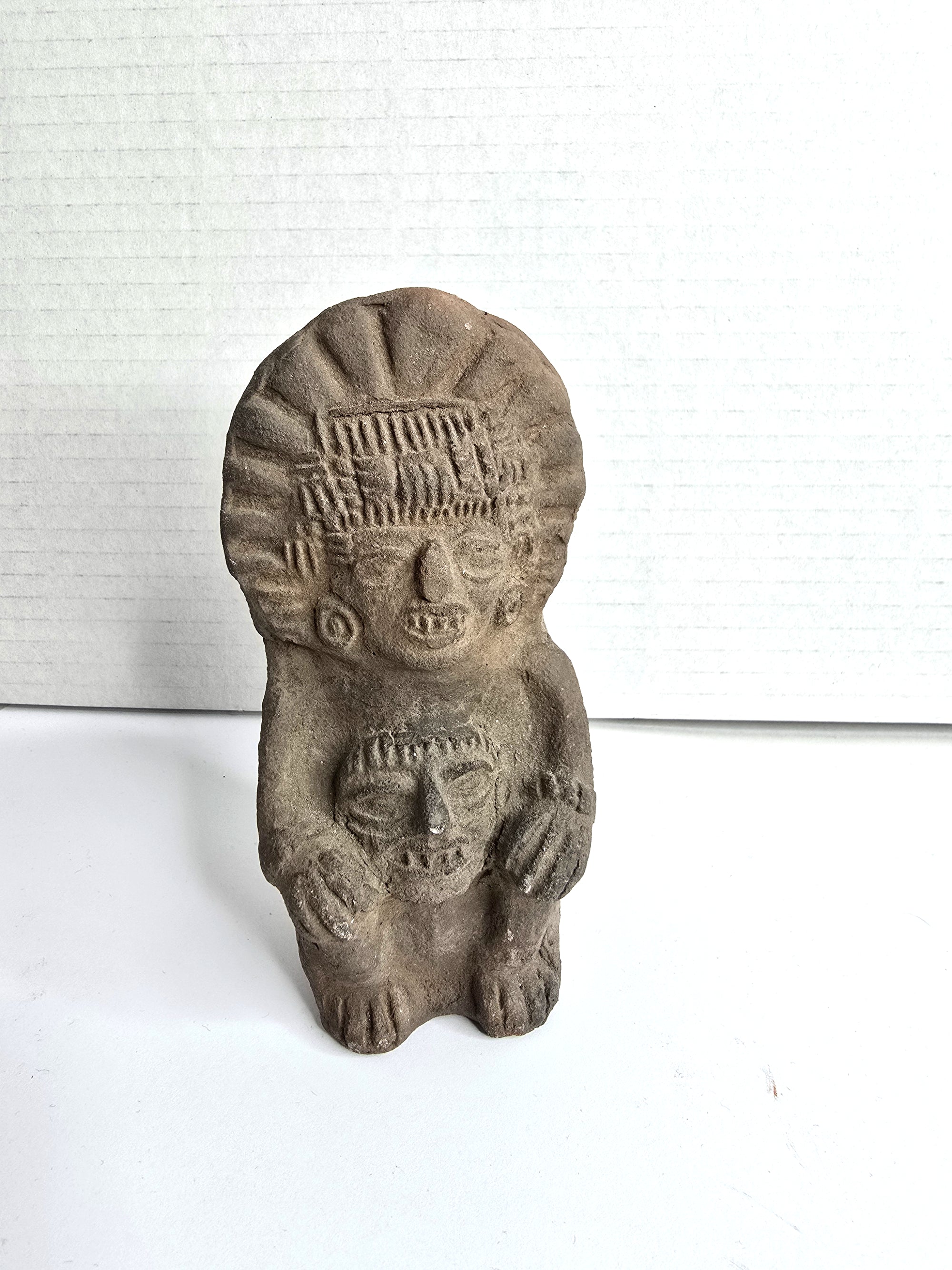
Antique Zapotec Funerary Urn Vase Pre-Columbian Monte Albán III - Makes a great vase or home decor artifact investment piece - Good Condition given age - Measures 5 1/2" H x 3" W ... Includes FREE SHIPPING. Note the projected collectibles, vintage, antiques, and memorabilia, U.S. market shows substantial growth on-average 6.5% Compound Annual Growth Rate (CAGR) to reach $280 Billion revenue by 2033.
This striking piece of pottery, characterized by its grayware ceramic composition, depicts a seated figure adorned with an elaborate headdress and holding a disembodied head. Such urns are hallmarks of Zapotec mortuary practices and offer profound insights into their beliefs about death, ancestry, and the divine.
Determining the Origin and Date
The stylistic elements of the urn are highly characteristic of the Zapotec culture, which flourished for centuries in the Valley of Oaxaca. Key indicators include:
- Form and Material: The object is not a vase in the conventional sense but a figural urn, typically found in and around the tombs of high-status individuals. The coarse, unpainted gray clay is a common feature of Zapotec ceramics from this period.
- Iconography: The central figure is depicted in a seated, formal posture, consistent with representations of revered ancestors or deities on Zapotec urns. The intricate headdress signifies the individual's elevated status, possibly as a priest, ruler, or warrior.
- The Held Head: The motif of a figure holding a severed head is a significant and recurring theme in Mesoamerican art. It is often associated with sacrifice, warfare, sacred rituals, and the veneration of powerful ancestors or deities who were believed to mediate between the earthly and supernatural realms.
The overall artistic style aligns closely with artifacts recovered from the major Zapotec ceremonial center of Monte Albán, particularly those from the Monte Albán III period, which represents the height of Zapotec cultural development.
The Maker and a History of Purpose
The urn would have been crafted by a skilled Zapotec artisan. The creation of such ceremonial objects was a specialized role within their society. The process would have involved hand-building the figure using coiling and modeling techniques, with finer details like the face and headdress elements possibly formed using molds.
Contrary to what the term "urn" might suggest, these Zapotec vessels were not used to contain cremated remains. Instead, they were integral components of funerary rituals and ancestor veneration. Typically found in groups at the entrance to tombs or in niches, they were believed to serve as guardians or representations of esteemed lineage ancestors. These figures were intermediaries, connecting the living with the sacred forces of the cosmos and the underworld. The cylindrical opening at the back of the figure was likely intended for offerings, such as incense (copal) or libations, presented during memorial ceremonies that could take place long after the initial burial.
In summary, this artifact appears to be a significant example of Zapotec funerary art. It embodies the complex religious and social structures of a major Pre-Columbian civilization, serving not as a simple container, but as a powerful symbol of lineage, status, and the enduring connection between the living and their revered ancestors. Without professional archaeological provenance, it is impossible to be certain of its authenticity, but the visual characteristics are highly consistent with known Zapotec examples.




